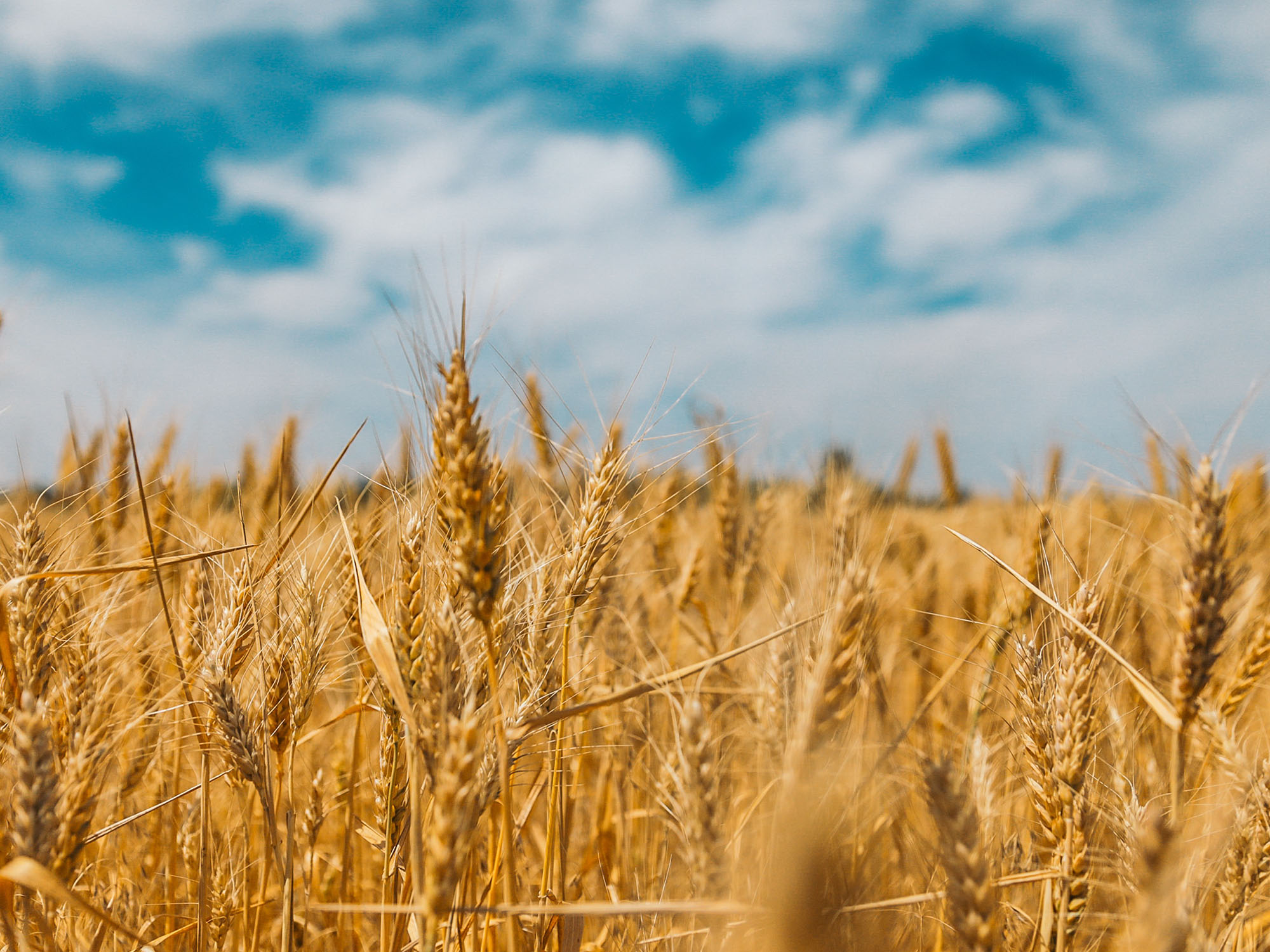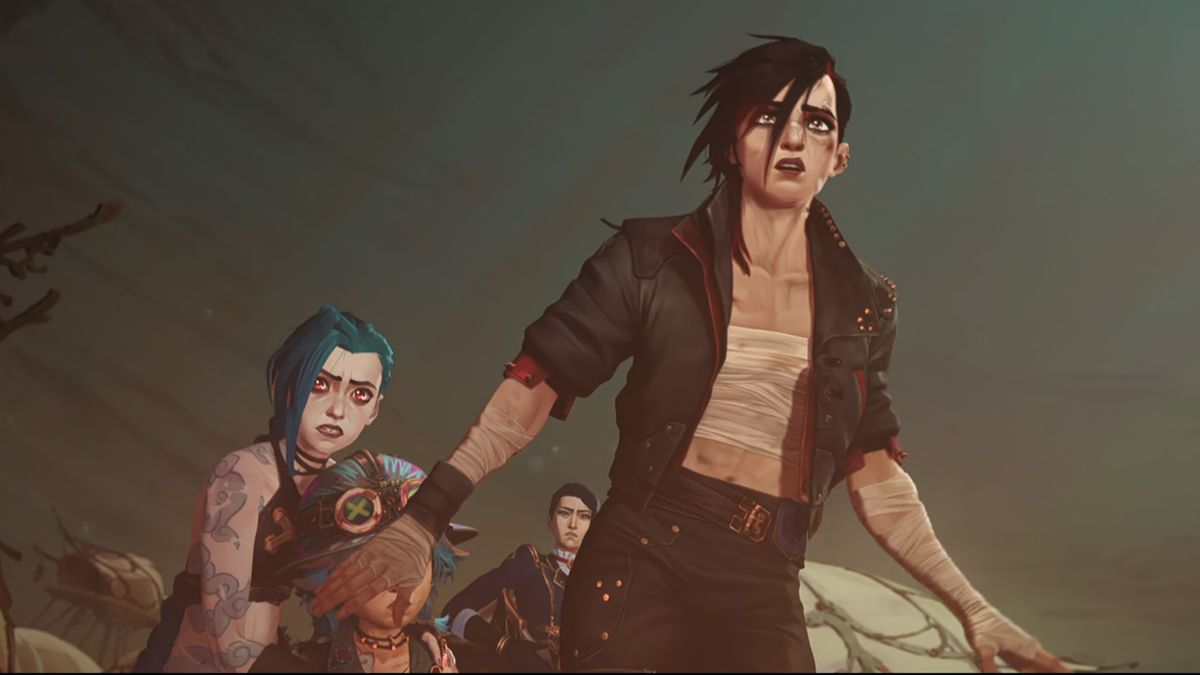On August 8, millions of Russian internet users found that they were no longer able to access YouTube. This disruption was widely interpreted as the latest step toward blocking the popular video sharing site in Russia, where it has served since 2022 as one of the last remaining platforms connecting Russian audiences to the outside world.
Russians first began reporting significantly slower YouTube loading speeds in the weeks preceding the August shutdown. Officials in Moscow claimed this was the result of technical problems, but the Kremlin has also recently signaled its mounting dissatisfaction with YouTube. In July, Russian media regulator Roskomnadzor called on Google’s CEO to restore over 200 pro-Kremlin YouTube channels that had been blocked for violations. Meanwhile, the Russian Foreign Ministry has accused the platform of carrying out “the political directives of Washington.”
The recent crackdown on YouTube is the latest milestone in a war against free speech in Russia that began when Vladimir Putin came to power in 2000. During the 1990s, the Russian media sector had briefly flourished amid unprecedented freedoms. One of Putin’s first major acts as president was to reverse this trend and reassert Kremlin control over Russia’s mainstream media.
The Russian authorities have continued to expand their campaign against the country’s shrinking independent media sector for much of the past two decades. Following the full-scale invasion of Ukraine in February 2022, the Kremlin moved to block or restrict major Western social media platforms such as Facebook, Twitter, and Instagram. These measures were imposed in parallel to Orwellian new restrictions banning any references to “war” and forcing Russian media outlets to refer to the invasion of Ukraine as a “special military operation.”
Read more coverage of the Kursk offensive
It is easy to see why Putin may now have decided to block YouTube. After all, reports of a widespread freeze came just days after Ukraine launched a surprise cross-border offensive into Kursk Oblast, marking the first invasion of Russia since World War II. While the Kremlin-controlled Russian state media has sought to downplay the invasion, ordinary Russians have used YouTube to post information about the Ukrainian advance and publish videos contradicting the official Moscow narrative.
As Ambassador Daniel Fried has emphasized, this ongoing Ukrainian offensive “upends the Kremlin narrative of inevitable Russian victory” in Ukraine, and threatens to lift the veil of propaganda that the Russian authorities have created since the start of the full-scale invasion. By slowing down or blocking access to YouTube, Moscow may be hoping to prevent any public panic over Ukraine’s Kursk offensive.
Eurasia Center events

Recent steps to limit access to YouTube are seen as somewhat risky due to the video sharing platform’s status as the most popular social media site in Russia. Indeed, it came as no surprise when the apparent shutdown of YouTube sparked significant alarm and anger on Russian social media. Notably, no genuine alternative currently exists in Russia. The Kremlin has promoted similar domestic platforms such as VK Video and RuTube, but these options have not been able to rival the popularity or audience reach of YouTube itself.
There are additional indications that the Kremlin may now be seeking to strengthen its control over the information space and further cut Russia off from the outside world. On August 9, Roskomnadzor blocked access to Signal, a messaging app that allows for end-to-end encrypted communications. Reports also continue to circulate that the Kremlin is preparing to take similar steps against messenger platform WhatsApp.
Recent measures to prevent Russians from accessing YouTube represent the latest escalation in the Kremlin’s campaign to dominate the domestic information space and eliminate all independent media in today’s Russia. Over the past twenty-four years, Vladimir Putin has created a powerful propaganda machine that has proved instrumental in legitimizing his own increasingly dictatorial rule and mobilizing public support for the invasion of Ukraine. Popular social media platforms like YouTube remain outside of Moscow’s control and therefore pose a significant threat to the Kremlin censors. With Ukrainian troops now advancing inside Russia itself, it would seem that this threat can no longer be tolerated.
Mercedes Sapuppo is a program assistant at the ’s Eurasia Center.
The views expressed in UkraineAlert are solely those of the authors and do not necessarily reflect the views of the , its staff, or its supporters.

The Eurasia Center’s mission is to enhance transatlantic cooperation in promoting stability, democratic values and prosperity in Eurasia, from Eastern Europe and Turkey in the West to the Caucasus, Russia and Central Asia in the East.
Image: Youtube logo is placed on a Russian flag in this illustration picture taken February 26, 2022. REUTERS/Dado Ruvic/Illustration/File Photo










